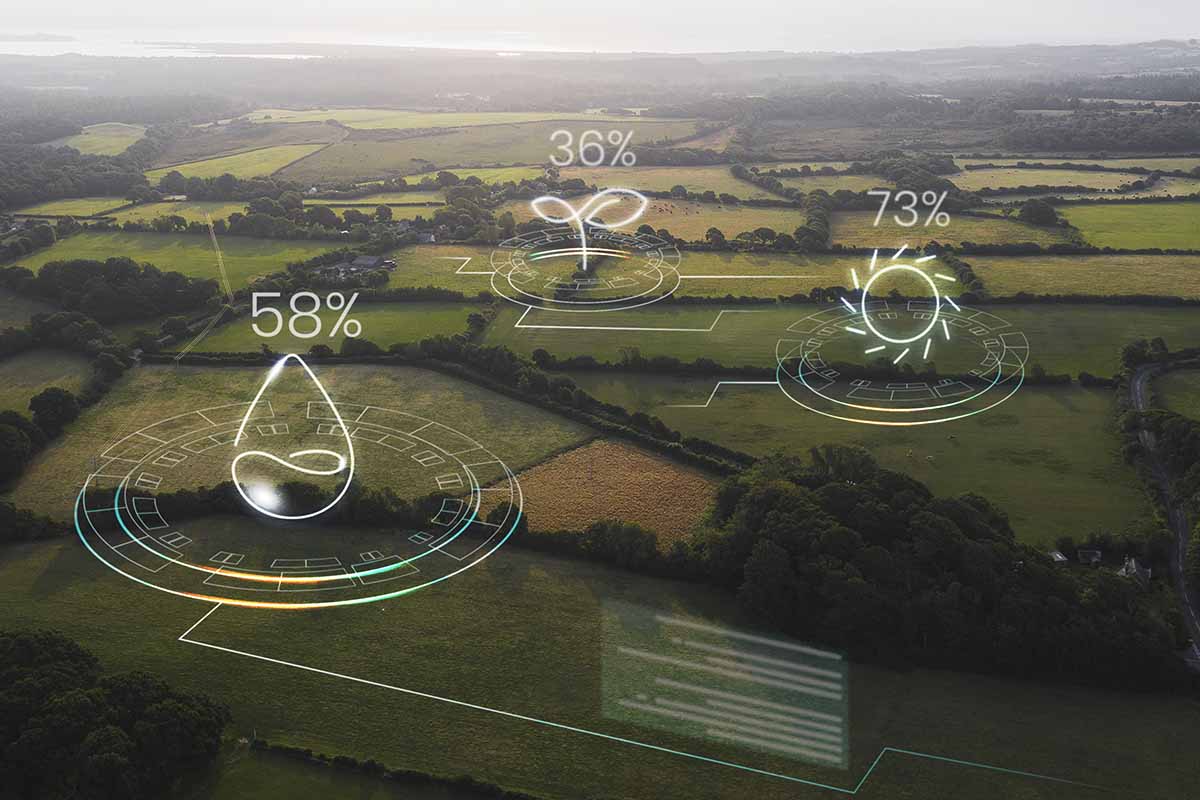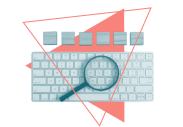IoT Connectivity Explained: How Smart Devices Talk—and What You Need to Know Before You Build
Key Points
IoT connectivity is not one-size-fits-all — the right choice depends on how much data you’re sending, how far, and how often.
Understanding power vs. range vs. bandwidth trade-offs is key to building reliable IoT solutions.
The best strategy isn’t just choosing a connection — it’s designing your device to match the real-world use case it will serve.
Understanding IoT Connectivity — Without the Tech Jargon
Most people hear about smart devices and think, “Cool — it just works.”
Until they try to build or manage an IoT system and realize… they don’t actually understand how these devices talk to each other.
That’s where things get confusing — fast.
You start seeing acronyms like LPWAN, NB-IoT, Zigbee, LTE-M… and suddenly it feels like you’re piecing together a puzzle with no picture on the box.
But here’s what most people miss:
Without understanding how IoT connectivity works, you might choose the wrong system — and pay for it later.
Your devices may:
Drain battery way too fast;
Lose connection in remote areas;
Send data too slowly to be useful;
Or simply not work the way you expected.
IoT connectivity is what makes the whole system function — it’s how your smart thermostat adjusts itself, how farm sensors track soil moisture, how delivery vans update their routes in real time.
And no, there’s not just one way to connect devices.
There are dozens — because every situation needs a different setup.
Understanding those options isn’t just technical — it’s how you make smart, cost-effective, future-proof choices.
The 3 Main Types of IoT Connectivity (Broken Down Simply)
Let’s break this down the way real people think — starting with the use case.
1. High Bandwidth, Long Range, High Power Use
✅Best for: Smart cities, fleet tracking, industrial IoT
Tech example: Cellular (4G/5G)
These connections send a lot of data fast, over large areas — but they eat power fast. Perfect when speed and distance matter more than battery life.
2. High Bandwidth, Short Range, Low Power Use
✅Best for: Smart homes, wearables, office automation
Tech example: Wi-Fi, Bluetooth
These are the go-tos for connecting devices around your house or office.
They’re great for rich data, like video or audio — but they don’t go far.
3. Low Bandwidth, Long Range, Low Power Use
✅Best for: Remote sensors, agriculture, energy grids
Tech example: LPWAN (LoRa, Sigfox)
These are made to last years on battery and still stay connected over long distances. Ideal for use cases where only small bits of data (like temperature or GPS) are needed.
It is estimated that there will be more than 10 billion connected IoT devices in 2021, which is still expected to grow to 25 billion devices by 2030.
Popular IoT Connectivity Solutions and Their Usages: Cellular IoT Connectivity
- Type: High bandwidth, High coverage range, High energy consumption
Most of us are already familiar with cellular connectivity in our phones and mobile devices, and cellular connectivity also remains a popular choice for many IoT deployments.
Cellular connectivity’s key advantages are its wide coverage area without compromising bandwidth and its virtually unlimited availability.
Cellular connectivity is one of only two solutions (besides satellite) allowing global connectivity.
By partnering with the right IoT data plan that offers global coverage, you can face the current challenges of sending a huge amount of data to IoT devices deployed halfway across the world.
The main down/side of cellular connectivity is power consumption, so in most cases, the IoT devices can’t be battery-powered when deployed remotely.
Bluetooth
- Type: High bandwidth, Low coverage range, Low energy consumption
Bluetooth used to be a fairly power-hungry connectivity option, but with the introduction of Bluetooth LE (Low Energy), it is now an energy-efficient connectivity solution.
Bluetooth uses lower energy than Wi-Fi (discussed below) but has lower bandwidth. Popular not only in consumer IoT deployments (i.e., smart home) but also in commercial settings when the range isn’t much of an issue.
Wi-Fi
- Type: High bandwidth, Low coverage range, Low energy consumption
Wi-Fi connectivity consumes less power than cellular while offering a similar level of bandwidth. However, Wi-Fi can only cover a minimal range. Wi-Fi is commonly used in smaller-scale IoT deployments like in smart houses, schools, or offices.
However, new Wi-Fi standards HEW (802.11ax) and HaLow (802.11ah) are designed to provide more range and even lower power consumption for industrial IoT implementations.
LPWAN
- Type: Low bandwidth, High coverage range, Low energy consumption
LPWAN stands for Low-Power Wide-Area Networks
The name suggests an umbrella term referring to various connectivity technologies that allow low power consumption over a wide coverage area. The tradeoff? LPWAN technologies can only send a small amount of data at any time.
Data sent over LPWAN connectivity solutions, like LoRaWan or SigFox, must be small and not complex, so LPWANs typically send small packets of information at infrequent intervals.
IoT sensors are actually required to send a small amount of data, so LPWAN is perfect for such deployments.
Conclusion
With the diversity of available options to connect IoT devices, it’s important to make your choice by first assessing your needs: which between power consumption, coverage range, and bandwidth is the most crucial of your IoT projects.
If, for example, you are planning to scale your IoT project on a global scale, then you should consider cellular IoT connectivity by partnering with the right network provider as your main option.




















